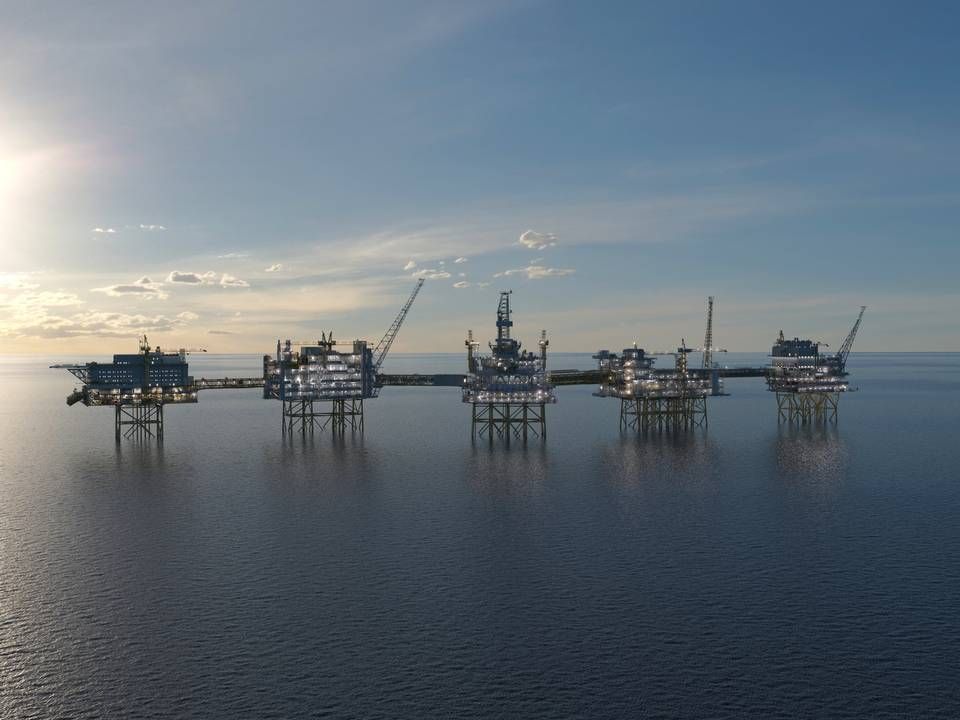2020's corona crisis likely means oil demand peaked in 2019
.jpg)
2019 likely became the year in which global demand for oil peaked, concludes classification bureau DNV GL in its latest report on the global energy outlook ahead of 2050.
This prediction is not least a consequence of the current global coronavirus crisis. According to the classification bureau, the ongoing crisis means that energy demand is down for 2020.
"Covid-19 has brought peak oil demand forward; oil use may never again exceed 2019 levels," writes DNV GL in the report.
Also energy-related CO2 emissions seem to have peaked, according to the classification bureau. As such, the peak happened five years earlier than first expected, due to the Covid-19 crisis.
The classification bureau thus changes its previous assessment in terms of oil. Last year, DNV GL expected oil consumption to peak within three years, namely in 2023.
At what time global demand for oil will reach its so-called "peak" has been widely discussed in recent years. While some believe that a peak is imminent, others say that it will only happen further into the future.
According to DNV GL, the coronavirus crisis will lead to an eight percent drop in the world's energy demand for 2020.
"Although energy demand will pick up again from 2021, it will be from a lower base, and for the remaining years to 2050 annual global energy demand will fluctuate some 6 to 8 percent lower than our pre-pandemic forecast," writes DNV GL, continuing:
"Pandemic-linked behavioral shifts, like remote working and reduced commuting, will have a lasting effect lowering energy use."
Despite the development with an increasing share of energy consumption coming from renewable sources, it is far from enough to comply with the targets of the Paris agreement, DNV GL notes in its report. The world is likely headed towards a temperature increase of 2.3 degrees celcius by the end of this century, the report states.
In the longer term, natural gas will become the biggest energy source in this decade, and DNV GL expects it to remain like that until 2050. However, only 13 percent of the natural gas in use at that time will be decarbonized, the report states.
English Edit: Ida Jacobsen
(This article was provided by our sister media, ShippingWatch)
New survey shows rife pessimism in Norway's oil sector
IEA cuts oil-demand forecasts as air travel outlook darkens
Natural gas is the rich world’s new coal
IEA says oil demand won't normalize until 2022
Oil prices fall after Saudi price cut tied to Chinese demand uncertainty
Related articles
New survey shows rife pessimism in Norway's oil sector
For subscribers
IEA cuts oil-demand forecasts as air travel outlook darkens
For subscribers
Natural gas is the rich world’s new coal
For subscribers


















.jpg&w=384&q=75)






